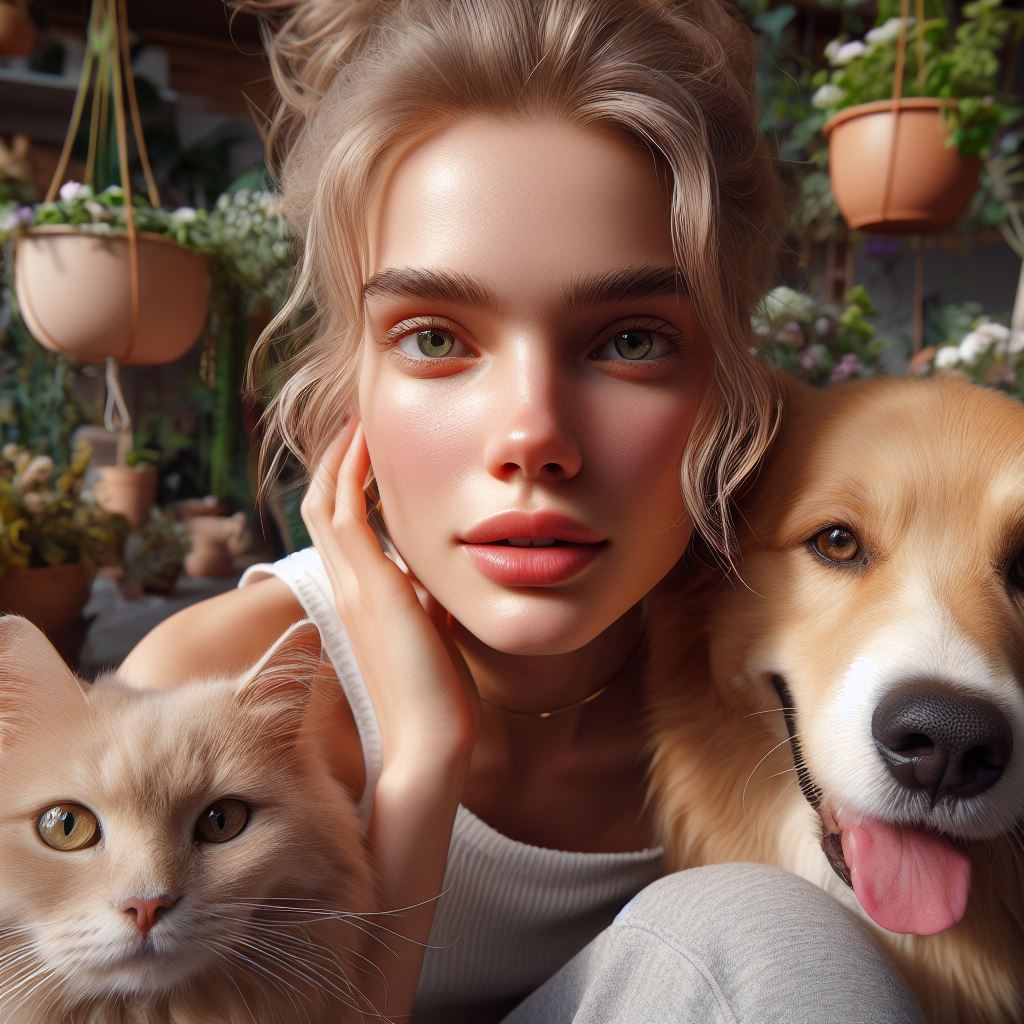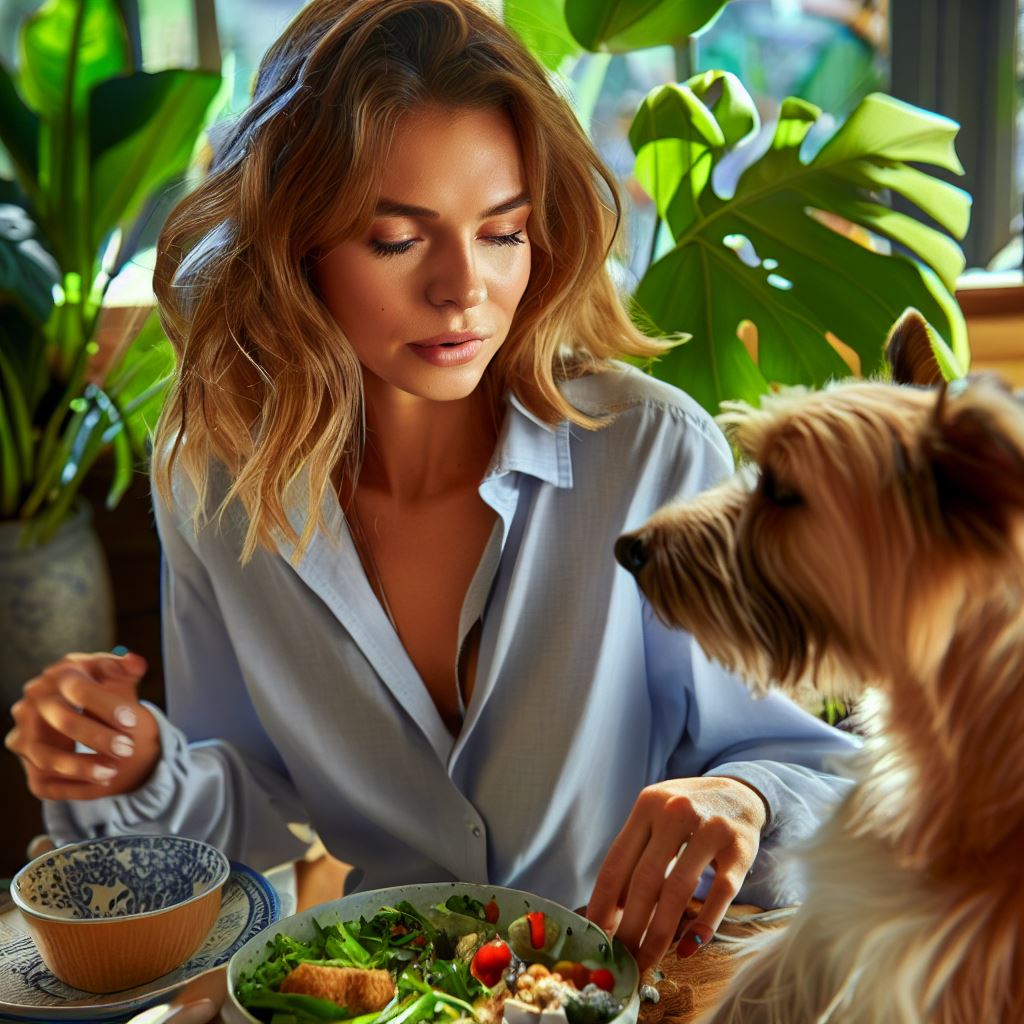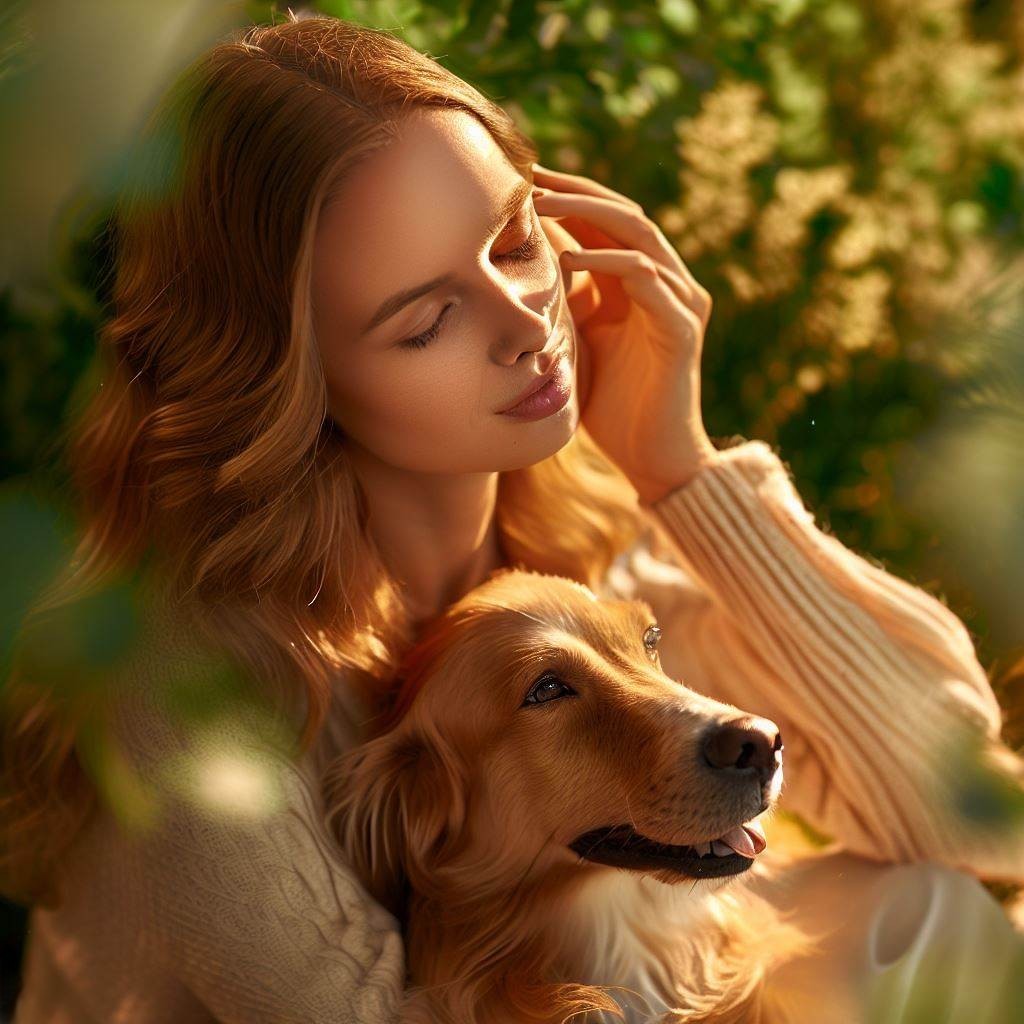Each bound, leap, and frolic of our pets is a testament to their zest for life. Yet, as the sands of time slip by, these once effortless movements might become a tad more deliberate, a touch less sprightly. The culprit? Often, it’s the wear and tear of their joints. But fret not, for the keys to restoring that spring in their step may be closer than we think.
When we think of cats, we often imagine serene beings lounging gracefully on sunlit windowsills or curling into perfect spheres on plush cushions. However, beneath this calm exterior lies a vibrant energy, a spirit that yearns for movement and play. While our canine companions have long enjoyed their daily strolls, it’s high time we tuned into the active rhythms of our feline friends.
The rustling of a toy, the glint of a chasing ball, the soft thud of paws against grass—these are the symphonies of joy in our pets’ lives. In their world, every new day is an invitation to play, explore, and revel in the sheer delight of being alive. As their guardians, curators, and biggest fans, it’s our privilege and duty to ensure that their days are brimming with action and adventure.
Behind those playful leaps and spirited chases, a silent process is at work in our pets’ bodies—oxidative stress. Much like the rusting of an old bicycle left in the rain, oxidative stress slowly but surely impacts our furry friends’ vitality. But fear not, for in our pantry and fridges, we might just find the elixir of youth (or close enough) for our beloved companions.
Picture this: a bustling kitchen where aromatic herbs mingle with the sizzle of fresh fish, and vibrant veggies are prepped on the side. No, this isn’t the set of a gourmet cooking show. It’s a modern pet owner’s kitchen, where culinary adventures for our four-legged friends are taking center stage. As we strive for farm-to-table dining experiences for ourselves, why shouldn’t our pets indulge a little too?
Ah, the humble pet food bowl. At a first glance, it’s a simple vessel, often licked clean within minutes. But dig deeper and you’ll find it’s a world brimming with decisions, dilemmas, and most importantly, deliciousness. In the age of organic, gluten-free, and non-GMO for us bipedal beings, shouldn’t our four-legged family members get a taste of the good life too?
It’s a sight we’ve all witnessed: our beloved pooch, snuggled up on their favorite couch or bed, suddenly starts twitching or whimpering in their sleep. Their legs move as if they’re chasing something, and their tail might even wag. But what’s really going on in that furry head of theirs? Do they dream of chasing squirrels, being rewarded with treats, or perhaps they’re reliving their puppy days? Let’s embark on a whimsical journey to understand the science behind our dogs’ dreams.
It’s a sight we’ve all witnessed: our beloved pooch, snuggled up on their favorite couch or bed, suddenly starts twitching or whimpering in their sleep. Their legs move as if they’re chasing something, and their tail might even wag. But what’s really going on in that furry head of theirs? Do they dream of chasing squirrels, being rewarded with treats, or perhaps they’re reliving their puppy days? Let’s embark on a whimsical journey to understand the science behind our dogs’ dreams.
It’s a sight we’ve all witnessed: our beloved pooch, snuggled up on their favorite couch or bed, suddenly starts twitching or whimpering in their sleep. Their legs move as if they’re chasing something, and their tail might even wag. But what’s really going on in that furry head of theirs? Do they dream of chasing squirrels, being rewarded with treats, or perhaps they’re reliving their puppy days? Let’s embark on a whimsical journey to understand the science behind our dogs’ dreams.
It’s a sight we’ve all witnessed: our beloved pooch, snuggled up on their favorite couch or bed, suddenly starts twitching or whimpering in their sleep. Their legs move as if they’re chasing something, and their tail might even wag. But what’s really going on in that furry head of theirs? Do they dream of chasing squirrels, being rewarded with treats, or perhaps they’re reliving their puppy days? Let’s embark on a whimsical journey to understand the science behind our dogs’ dreams.










